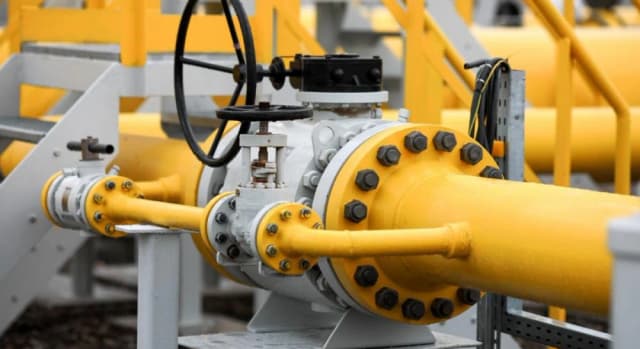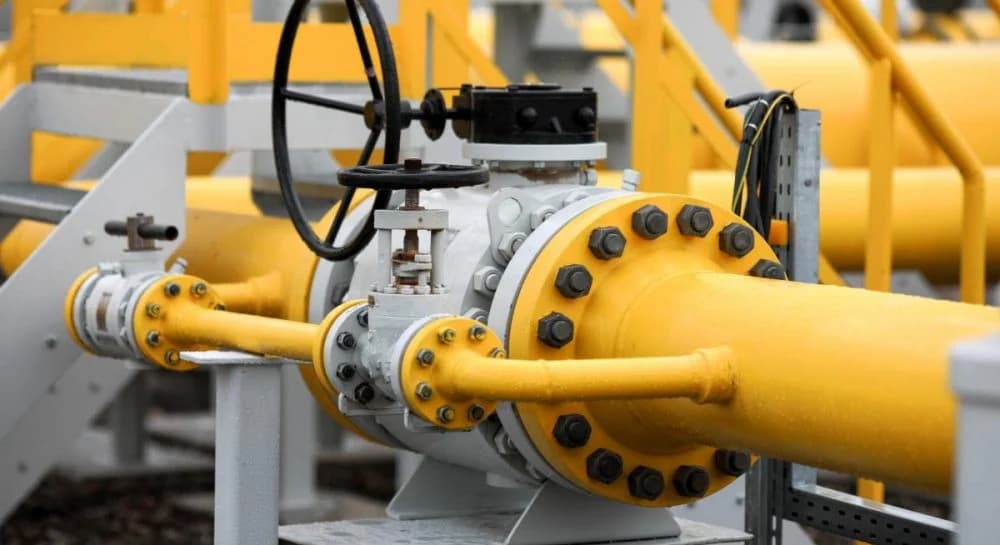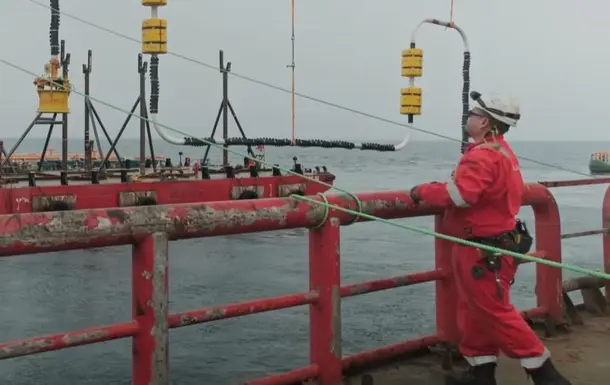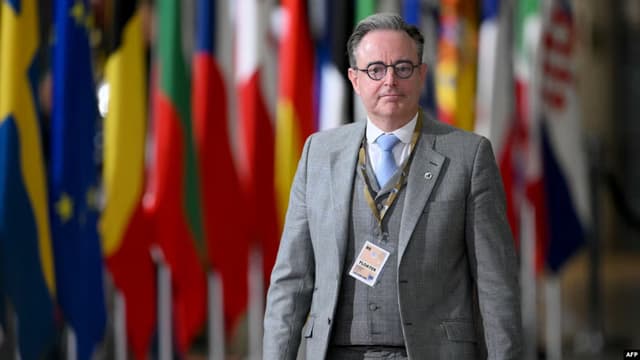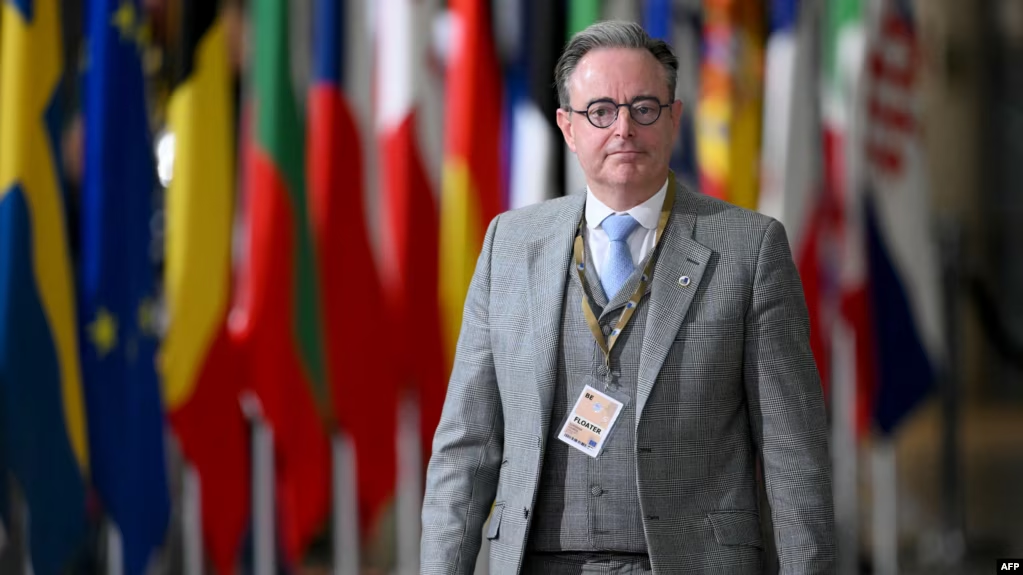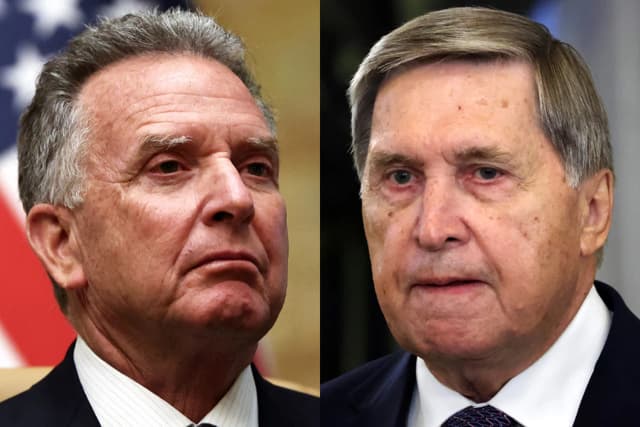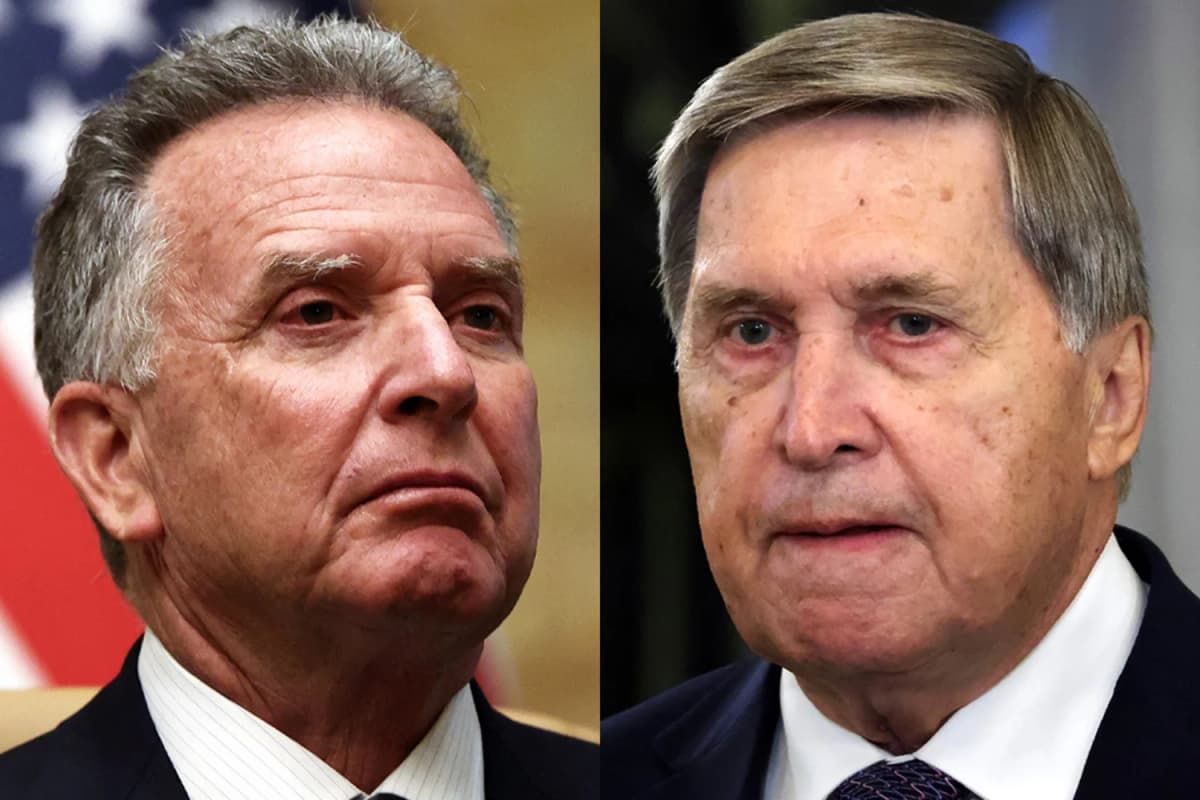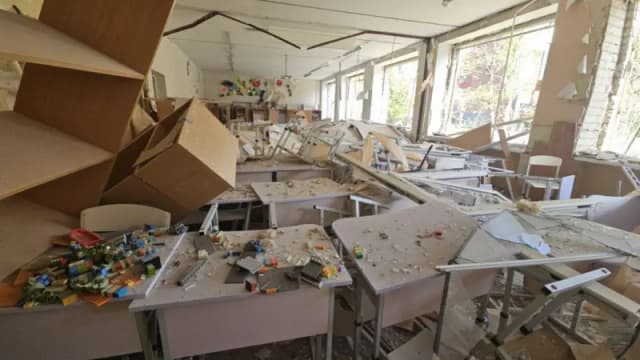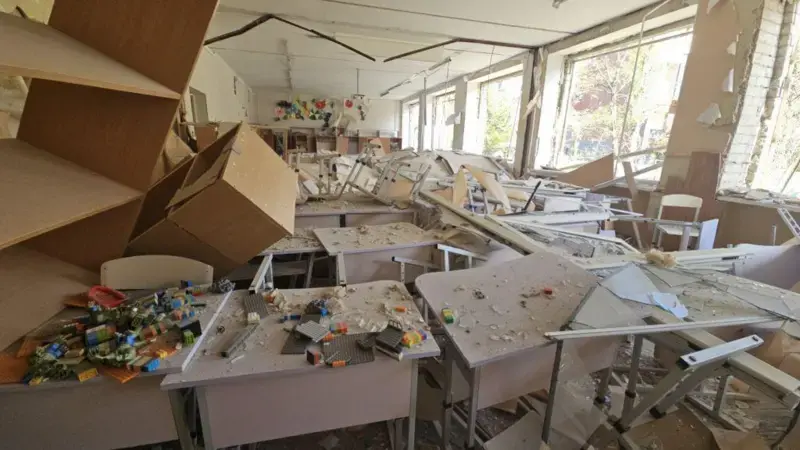Moscovia is experiencing the effects of economic exhaustion, which may force it to cut its war budgets.
 Photo: armyinform.com.ua
Photo: armyinform.com.ua
Moscovia's financial reserves to finance the war
The main source of funding for the record spending on the army in Moscovia is the National Welfare Fund (NWF). The Reserve Fund, which has lost almost 70% of its oil and gas revenues since 2008 in the three years of financing the war.
Former Finance Minister Zadornov said that if oil prices drop, the NWF's reserves will last for six months. He made this statement after the liquid part of the NWF dropped from 10.8 trillion ($113.5 billion) at the beginning of 2022 to 3.8 trillion ($37.5 billion) at the end of 2024.
But the Moscow minister did not specify what oil prices would have to be for the NWF to be exhausted in 6 months. So let's see.
The NWF is used to cover two types of deficits:
In the event of a decline in the oil prices included in the revenue part;
In case of an unplanned increase in the expenditure part;
For 2025, the budget of Moscovia includes a deficit of 1.17 trillion rubles. However, these plans are not true, because, as in 2022/23/24, the budget deficit doubled during the year to a corridor of 3-3.5 trillion ($32-35 billion). If current trends continue, this will happen this year as well.
For example, in January 2025, Moscovia 's budget deficit amounted to 1.71 trillion rubles, exceeding the size of the deficit planned for the entire year in a month. Moscow explained this by “advance payments”. This may be partly true, but these advance payments are 14 times higher than in the same period in January 2024.
This demonstrates that the “planned deficit for 2025” will not be true, as it was in 2022, 2023, and 2024. The CBR has already changed its budget forecast for inflation and the average interest rate for the year. This will also affect the budget deficit forecast for the year.
Currently, oil and gas revenues are not coming in as planned. The average annual parameters of the Moscow budget for oil revenues for 2025 are $69.7 per barrel at an average exchange rate of 96.5 rubles to the dollar. If the average annual price of Moscow oil is less than $69.7, this creates a deficit that must be covered by the NWF. If the exchange rate is less than 96.5 rubles, this is a tax gap that also needs to be covered by the NWF.
According to Reuters and Bloomberg, for the second week in a row, Moscow oil has been trading below the budget thresholds of 59.33-60.35 at a ruble exchange rate of 90-91.
The main reason for the oil price falling below the budget benchmark is a large discount that Moscovia has to give due to sanctions, as well as the gradual decline in oil prices.
If this situation continues, we estimate that the liquid part of the NWF could be used up by September-October 2025. After that, the freely available financial reserve to finance the needs of the war will be exhausted, forcing Moscow to revise the military budget in the direction of reduction in 2026.
In the meantime, the long-term effect of sanctions and economic exhaustion is forcing Kremlin to cut social spending, and sectors of the economy and the regions are facing budget crises due to a lack of funding
Grassroots signs of aggravation of the crisis in the Moscovia's economy:
1. Delayed financing of strategic facilities.
One of the most important infrastructure projects, which was personally initiated by Putin and labeled “strategic,” is currently on the verge of being disrupted. We are talking about the construction of the Moscow-Yekaterinburg M-12 federal highway, which was supposed to open at the end of 2024, but this did not happen due to massive employee layoffs. As a result, the opening was postponed to the spring of 2025.
The reason for the layoffs is the months-long delays in wages that began in September 2024. The average debt to employees is 2-3 months. As a result, on one section of the highway, which employed 1,000 workers, more than 600 have quit or refused to come to work.
Another case is the construction of fortifications in the Kursk region. At the time of the successful operation of the Ukrainian forces, the Moscow authorities began to build new lines of fortifications around Kursk. But at that time, they had not paid the contractors for the previous fortifications. One of the contractors called on social media for his colleagues and employees to come to Red Square, and was arrested for 8 days.
2. Decrease in foreign currency deposits in the banking system.
This is the second important indicator of the aggravation of negative manifestations in the economic system of Moscovia. First of all, foreign currency reserves in Moscovia's banks have fallen to the level of the pre-crisis year of 2008. As of November 2024, $159 billion was held on legal entities and individuals' accounts in Moscovia's banks. Prior to the large-scale invasion, the banking system of Moscovia had twice as many foreign currency deposits at $301 billion.
The decline in foreign currency deposits includes not only dollars and euros, but also yuan and other currencies. The decline in deposits reduces the adaptive flexibility of the banking system itself.
Further economic trends for Moscovia remain disappointing. In December 2024 alone, individuals and legal entities withdrew $4.9 billion from foreign currency deposits. In the fourth quarter, currency outflows amounted to a record $15.9 billion.
3. Rapid growth in core and consumer inflation.
In its January report, the Central Bank of Moscovia summarized the inflation situation as follows: “There are no signs of a transition to a consistent slowdown in price growth (inflation in doublespeak).” The Central Bank's refusal to raise the key interest rate in December due to political pressure has its consequences today.
As a result, inflation accelerated from 11% to 14.5% in December-January, measured on a monthly basis in annual terms.
Consumer inflation reached 22.9% (basic needs + food basket). It is the “consumer inflation” that ordinary people feel.
Inflation will continue to rise because the root causes - high military spending - have not been addressed. At the same time, after a long-running conflict between Putin's oligarchic circle and Central Bank Governor Nabiulina, the former received Putin's approval, which led to the Central Bank losing its independence as a regulator. A survey by the Union of Industrialists and Entrepreneurs of Moscovia showed that 37% of companies have prepared annual plans to raise prices for their products. This figure has almost doubled in 9 months (in April 2024, the figure was 19%).
4. Shadow capital outflows from Moscovia have broken the records of thirty years ago.
Shadow capital outflows from Moscovia through gray payment schemes have reached the level of the 90s.
One of the secondary consequences of the sanctions is the leaching of real money from the Muscovite economy. To circumvent the sanctions, Moscow businesses use various “gaskets” through the third countries.
However, these very schemes make it easier for Moscow businesses to withdraw capital from the country, because the more funds pass through intermediate transit stages to reach the final counterparty, the greater the risk that at some point these funds will simply “disappear.”
For instance, a report by the Central Bank of Moscovia showed that in 2024, $9.6 billion was withdrawn from the country through gray payment transactions, which now “cannot be traced and found.”
Compared to 2021, the outflow of capital through gray schemes increased 96 times and reached the level of the 1995-98 Moscow economy, when Moscovia was experiencing one of the largest economic crises. The most important thing is that these funds (which have been withdrawn) are the most liquid for the economy.
5. Budget crises are spreading to entire regions of Moscovia.
The richest mining region of Moscovia is laying off the staff of kindergartens by half and cutting utility services by four times due to lack of funds and due to the region's biggest budget crisis.
Kuzbass, or more specifically the Kemerovo region, which accounts for 60% of hard coal and 80% of coking coal production, is facing the inability to finance the basic needs of the region.
The reason for this was a 13% drop in regional revenues and, as a result, a 20% shrinkage in the regional budget from RUB 308 billion in 2024 to RUB 246 billion in 2025. It is also important to note that these figures should be correlated with the devaluation of the ruble. The RUB 246 billion in purchasing power in 2025 will not be equivalent to the RUB 246 billion in 2024.
The main reason for the decline in revenues was the crisis in the coal industry, which resulted in losses of 91 billion rubles in 2024, although in 2023 they made a profit of 350 billion.
Despite Putin's public promise to “provide assistance to the region,” the region did not receive any additional revenues. Therefore, the local authorities were forced to start sequestration ( expenditure cuts).
The first to be cut were expenditures on housing and communal services, from 34 billion to 8 billion rubles.
This was not enough to cover the deficit. Therefore, it was decided to cut spending on education from 65 billion to 57 billion rubles. Now it has become known that kindergartens have been affected by the cuts as well.
Conclusion.
The Moscow media received a directive from local authorities that almost half of the staff in preschools will be laid off. The information was confirmed by other preschools. Employees of three other kindergartens confirmed that they were preparing for dismissals. Teachers are being forced to write a letter of resignation. An employee of one of the institutions anonymously told the publication that 7 out of 14 teachers in her kindergarten have already been fired.
You may be interested
